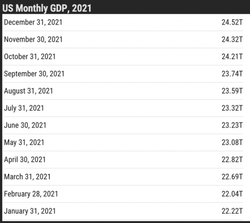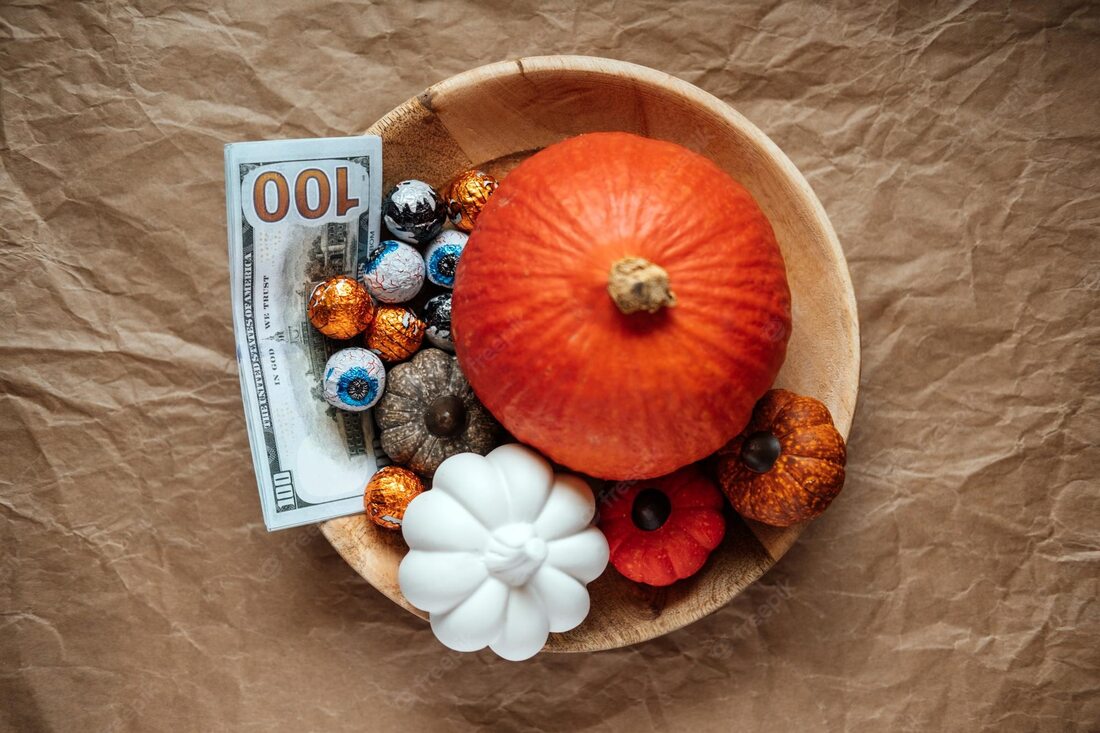|
By: Bruno Sapoznik Everybody knows that special time towards the end of the year when the whole world celebrates a holiday. No, not Christmas. I am talking about the well infamous Halloween, known as the scariest time of the year. It is the most well-known day for scares and creeps all around the world, as 175 million people in the U.S. participate. Surprisingly, Halloween has made large changes in global economics, as the holiday is well-commemorated throughout the whole world. But how do they relate to Halloween? And what are they all about? Surprisingly, Halloween is the second most money-generating holiday in the U.S.A., only behind Christmas. This might be since Halloween has three of the most money-spending features: costumes, candy, and decorations. The spooky holiday recorded its largest-spending record in the US last year with an estimated general cost of 10.1 billion U$D (according to the National Retail Federation). This keeps most prices stable in relation to the cost of the three major components, which is great for the economy and reduces inflation rates. However, this was countered in 2021 by the pandemic, which made inflation rates much higher than expected. The question is, how does Halloween impact each one of the key retail factors stated? Costumes: Halloween costumes are traditionally used to scare you but are nowadays popularly known characters. Costumes in specific are a very profitable business because customers usually change them every Halloween, generating a larger income for such shops. This is mainly because the costumes from the past years either get small, or are out of fashion, so it is very common to recognize yearly costume updates every Halloween. It is averaged that only in the USA, the 175 million participants of Halloween have contributed to 3.2 billion U$D in costume shopping overall! Candy: The estimate for the cost of candy on an average Halloween is 3 billion USD (2021). The reason for the retail is obvious: the traditional trick or treating activities occur in every neighborhood and leads to mass distribution and consumption of candy by every participant. Decorations: The cost for Halloween decorations is usually around 2.7 billion U$D. The reason for decorations is obvious: to follow the Halloween spirit. But these are typically reused, so why the major cost? This could be because some of the Halloween decorations may be damaged and so need to be replaced, or, another possible cause is how participants feel like they need new themes every year – just like costumes. Also, Halloween-themed parties play a major role in these costs since parties need decorations and candy (cakes and sweets), and invitees need to wear costumes. The following graph shows the average costs party hosts spent on Halloween 2021 in the USA. The holiday had a positive impact on the economy because of the modern exchange of money. Picture source: https://www.lendingtree.com/credit-cards/study/millennials-spend-nearly-1000-hosting-holiday-parties/ Overall, Halloween definitely has an impact in the economy, and mostly a positive one. The common shop-receive ratio in retail improves in Halloween, due to reasons above, and mainly boosts the economy, as shown in the graph below.  Picture source: https://ycharts.com/indicators/us_monthly_gdp
Sources:
0 Comments
Leave a Reply. |
Categories
All
Archives
June 2024
|


